Where in the National Park System do you want to visit? Traveler's "A Day In The Park" series offers overviews of the units of the park system, starting with the 59 "national parks." Check back to see which units have been added.
Acadia National Park, Maine

Thunder Hole at Acadia/Michael Rickard
"Raw, rugged, and surf-splashed" well define Acadia National Park, which at anchor in the Atlantic just off Maine's coast quite easily could also be described as a Yankee blue blood of the National Park System.
Arches National Park, Utah
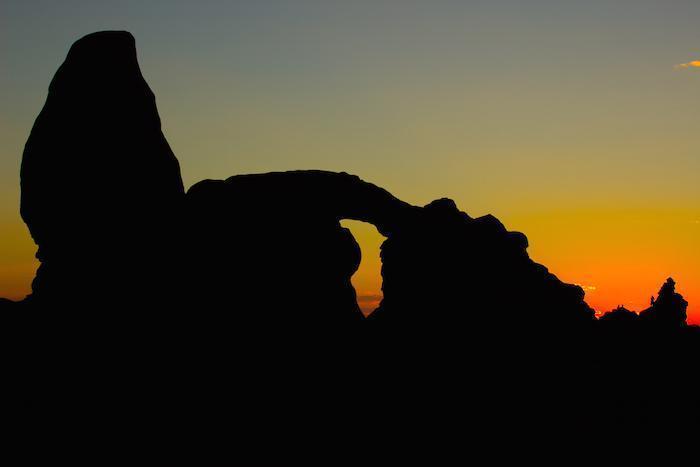
Turret Arch at sundown/NPS, Kait Thomas
Arches National Park is one of the world's, not just one of the United States', most incredible national parks.
Badlands National Park, South Dakota

Sculpted landscapes and dramatic sunsets are common at Badlands National Park/NPS, Larry McAfee
Eerily eroded "badlands" -- what other word would you use to describe these naked hills? -- are front and center in Badlands National Park, evidence of the harsh environment and the poor soils. But there's more geology to the Badlands than just its namesake hills.
Big Bend National Park, Texas
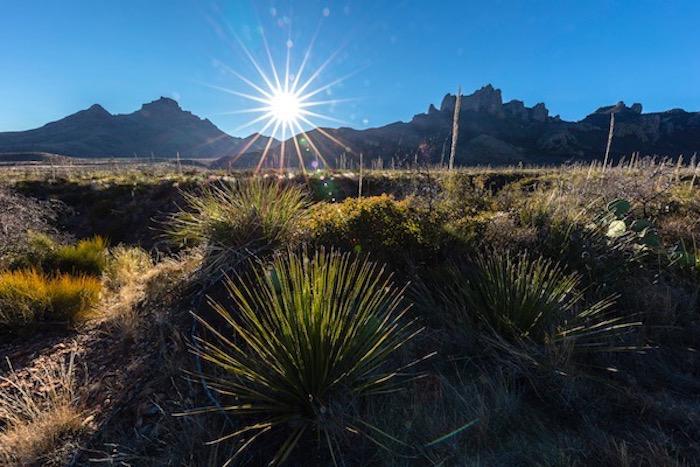
Big horizons, big skies, big mountains, and big sunrises are just some of the big aspects of Big Bend National Park/Rebecca Latson
"Big" is a great descriptor for Big Bend National Park, where the park's more than 801,163 acres range from desert lands to mountain peaks and are rimmed on the south side by one of the country's great rivers.
Biscayne National Park, Florida

The wet underside of Biscayne National Park/NPS, Shaun Wolfe
A subtropical wilderness surrounded by urbanized Florida, Biscayne National Park is a tantalizing water world inviting you to get wet.
Black Canyon of the Gunnison National Park, Colorado

The chasm of Black Canyon National Park/NPS, Lisa Lynch
A dark and scary place? Some might think that of Black Canyon of the Gunnison National Park, a place where the sun's rays only reach the bottom of the canyon at midday, and where the cliffs are so steep and intimidating that few climbers seem up to the challenge.
Bryce Canyon National Park, Utah
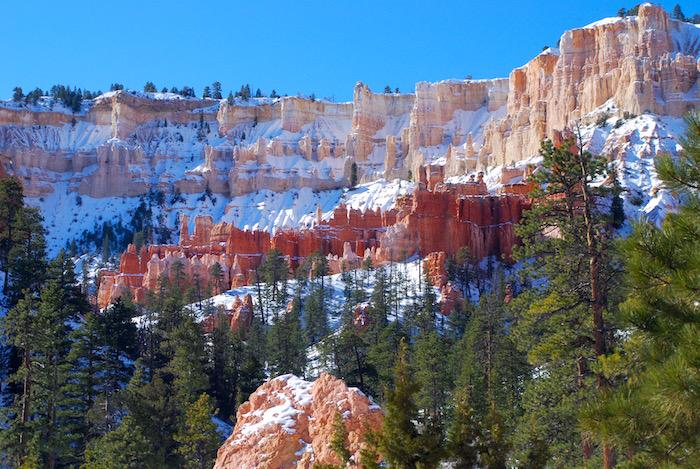
Bryce Canyon National Park in Utah is an amazing place, no matter the season/Kurt Repanshek
Southern Utah's national parks all are red-rock wonders. Zion National Park features towering cliffs of stone. Arches National Park showcases a one-of-its-kind collection of stony arches and windows. Canyonlands National Park is a maze of canyons, and Capitol Reef National Park offers a sprawling rockscape.
Canyonlands National Park, Utah

The Needles District offers trails that take you through the formations that poke above the landscape, like here in Chesler Park/Kurt Repanshek
One of the most fascinating parks in the National Park System, at least geologically, is Canyonlands National Park in southeastern Utah. Baked by time like some multi-layer geologic tort, Canyonlands features a landscape cut by canyons, rumpled by upthrusts, dimpled by grabens, and even pockmarked, some believe, by ancient asteroids.
Read the overview.
Capitol Reef National Park, Utah

Capitol Reef National Park is an oft-overlooked member of Utah's "Mighty Five" national parks/NPS
There are five national parks in Utah, and Capitol Reef National Park very likely is the one you've never heard about, but the one you definitely should put on your bucket list. Why? Because seemingly few people have discovered it, and it's not a next door neighbor of any of the other four. And if you like rugged and wild Western landscape that's carved out of the Colorado Plateau, this is the place to head.
Carlsbad Caverns National Park, New Mexico
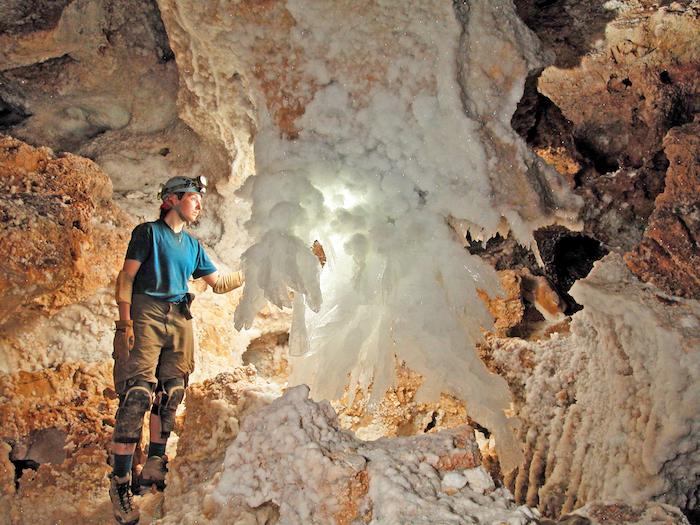
A "gypsum chandelier" is one of the wonders of Lechuguilla Cave at Carlsbad Caverns National Park/Dr. Jean K. Krejca, Zara Environmental LLC
As beautiful as above-ground landscapes are in the National Park System, if you head underground you'll find stunning vistas that will leave you breathless. Carlsbad Caverns National Park in New Mexico is, arguably, the biggest cave draw in the park system, and perhaps the most beautiful.
Channel Islands National Park, California
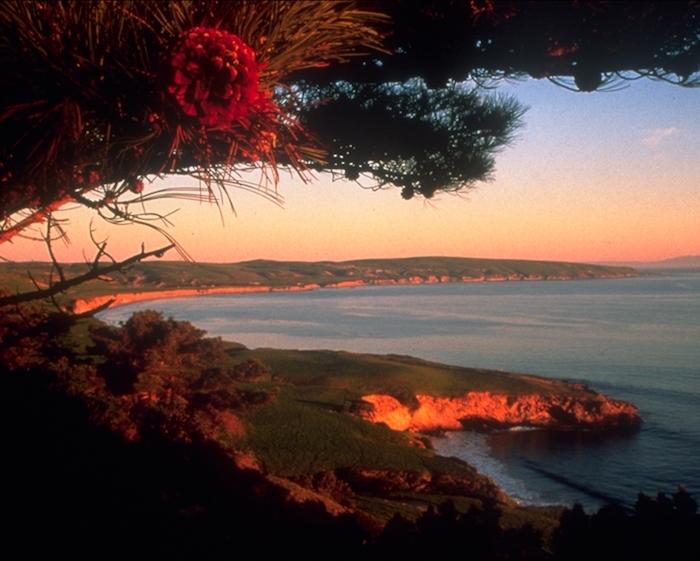
Views of the Pacific Ocean surround Channel Islands National Park/NPS
Forests of kelp waving to and fro in the currents. Archaeological and paleontological surprises. An incredible assemblage of wildlife that has the area known as the 'Galapagos of the North'. These are just some of the reasons to explore Channel Islands National Park off California's coast.
Congaree National Park, South Carolina

Big trees, swamps, and the possibility of a long-vanished bird await at Congaree National Park/Harold Jerrell
The absence of human sounds was mesmerizing. Insects buzzed, and birds sang, their sounds rising and falling as they drew near and flew off. One sound we didn't hear was the tell-tale drumming on tree bark of Ivory-billed woodpeckers, though some think the birds thought extinct might exist deep within Congaree National Park in South Carolina.
Crater Lake National Park, Oregon
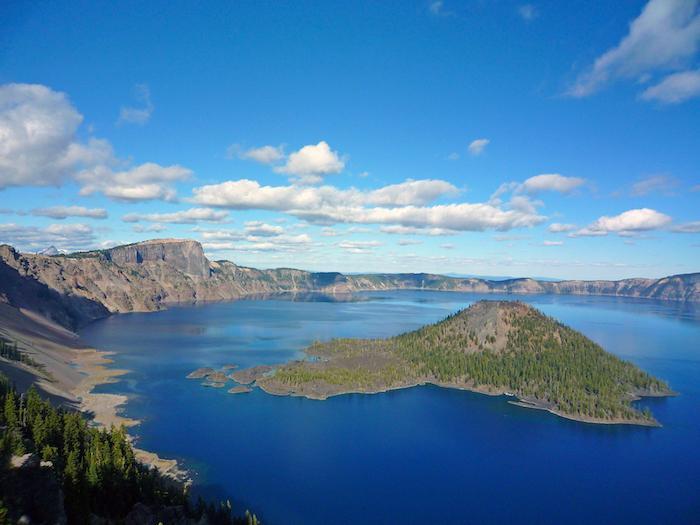
No visit to southwestern Oregon should be completed without a visit to Crater Lake National Park/NPS
A volcanic crater within a volcanic crater is just one the unique aspects of Crater Lake National Park, a park that has a lake at its heart but which also tracks the fascinating geology of volcanism. Wizard Island, of course, is the volcanic crater within the much, much, much larger crater that holds this park's namesake lake.
Cuyahoga Valley National Park, Ohio

Beavers, otters, ducks, and even great blue herons reside in Cuyahoga Valley National Park/NPS
Surrounded by thickly settled areas, and crisscrossed by interstate highways, Cuyahoga Valley National Park in Ohio nevertheless manages to provide a sanctuary of nature that can be a salve for the soul for those trying to find a break from today's hectic world.
Death Valley National Park, California/Nevada

Desert gold on display during Death Valley National Park's 2016 Super Bloom/NPS, Alan Van Valkenburg
Death Valley National Park can take a little getting used to. It can be ridiculously hot, incredibly arid, and seemingly devoid of much to see or do. But if you spend a little time in the park and give it a chance...
Denali National Park and Preserve, Alaska

A morning view of Denali from Nugget Pond/Rebecca Latson
Six million wild acres, a mountain that tests the world's best mountaineers, and a landscape that can reach deep into your heart with its character are phrases that help define Denali National Park and Preserve, but it can take a lifetime to truly understand and appreciate this place.
Dry Tortugas National Park, Florida
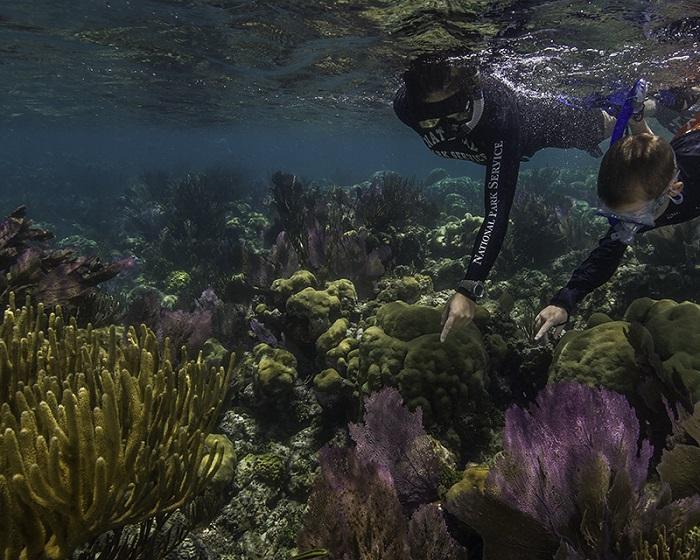
Dry Tortugas offers more than a single day visit can handle, from birding and snorkeling to fishing and scuba diving and history lessons/NPS
Freeman Tilden brushed on the military history of a small clutch of coral cayes when he mentioned Fort Jefferson National Monument in The National Parks, but the brief entry did little justice to the place known today as Dry Tortugas National Park.
Everglades National Park

One of the most incredibly beautiful birds you'll find in Everglades National Park is the Purple Gallinule. Unless you see a Roseate spoonbill. Or maybe a Tri-colored heron. Or a ..., well, you get the idea. There are an amazing number of gorgeous, and more common, bird species in the park. But time is running out to easily spot many of them, as the rainy season isn't too far off.
Gates of the Arctic National Park and Preserve
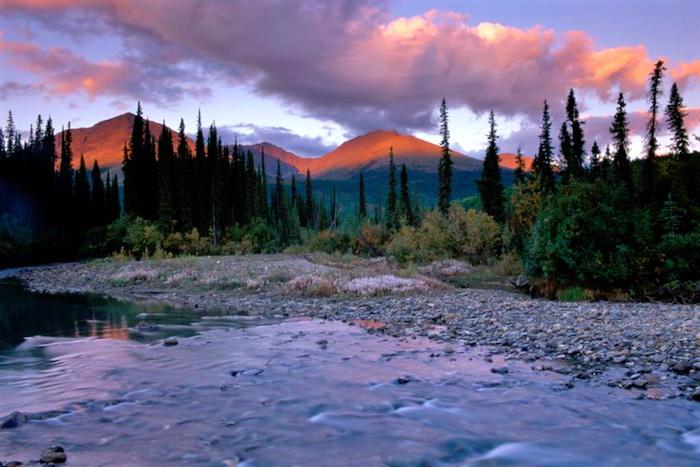
I stumbled across a video the other day that further convinced me that I need to move Gates of the Arctic National Park higher on my to-do list. In it, two septuagenarians set off on a three-week canoe trip down the Noatak River, a river the park staff tells us "drains the largest mountain-ringed river basin in America that is still virtually unaffected by human activities.
Glacier Bay National Park and Preserve

When John Muir traveled in 1879 to the landscape now embraced by Glacier Bay National Park and Preserve in Alaska, his great desire to see its bay and surrounding glaciers was confounded by overcast skies and rain with some snow mixed in. But when the weather took a change for the better, he was astounded by the view.
Glacier National Park
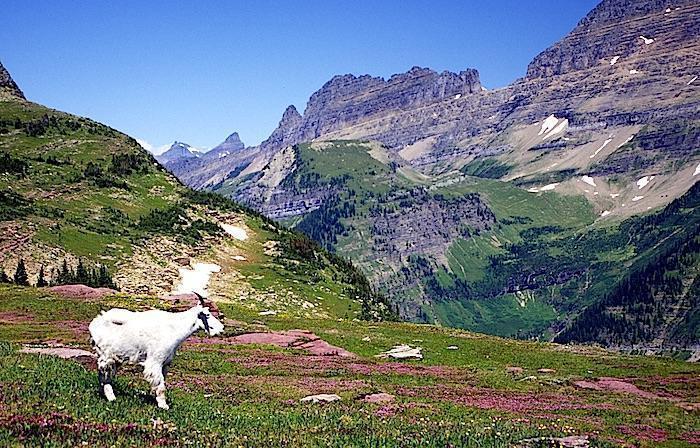
Amid a field of wildflowers and a backdrop of peaks framing the Continental Divide, the goateed mountain goats were the center of attention. While a handful of bighorns dealt with the June day's heat by relaxing in a waning snowfield, and grizzlies were deep in the backcountry, the iconic ambassadors of Glacier National Park were true posers for those following the trail to Hidden Lake.
Grand Canyon National Park
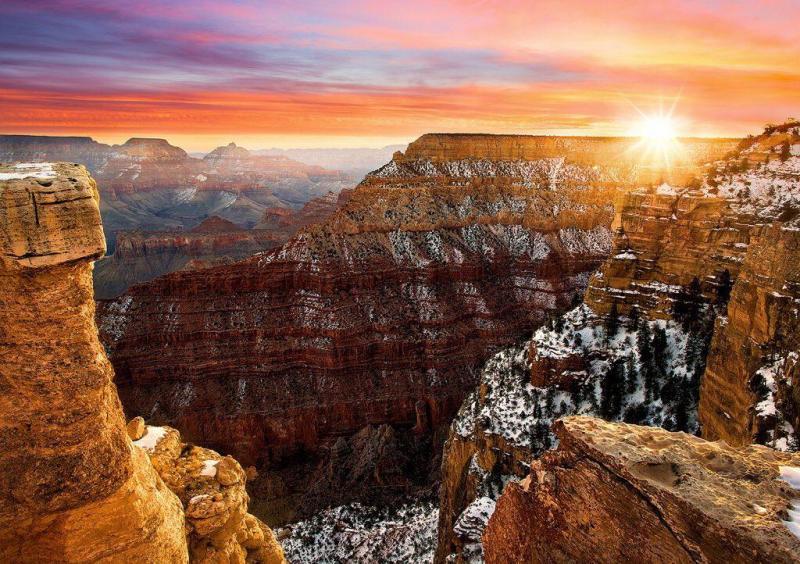
A colorful rift in the earth millions of years -- and immeasurable gallons of water -- in the making, the jagged maw of the Grand Canyon draws crowds content enough to simply stare across this impressive cross-section of geology from either the South or North rim of its namesake national park.
Grand Teton National Park

Standing atop Grand Teton, it's easy to see the handiwork of Horace Albright and John D. Rockefeller, Jr. To the southeast is Timbered Island, almost directly below is Jenny Lake, and a bit to the northeast is Jackson Lake. Not in view are the "shabby developments littering the roadway from Menors Ferry to Moran and along Jenny Lake’s south and east shores" that Mr. Rockefeller and Albright, then Yellowstone National Park's superintendent, saw in 1924.
Great Basin National Park

Great Basin is renowned for both its night skies and bristlecone pines/NPS
Big trees, big mountains, and even a big cave greet those who head off the beaten track to Great Basin National Park in Nevada not far from the Utah border.
Read the overview.
Great Sand Dunes National Park and Preserve

Great Sand Dunes National Park and Preserve offers an incredible mix of dunes and peaks/NPS, Patrick Myers
Somebody asks you to name the national park with the most impressive sand dunes, and you quickly answer, "Death Valley National Park!" And, of course, you'd be wrong.
Read the overview
Great Smoky Mountains National Park

Morton Overlook, Great Smoky Mountains National Park / Harold Jerrill
One visit to Great Smoky Mountains National Park is not enough, even if it stretches over a week or two. This Appalachian wonder holds many stories within its roughly 800 square miles that cover the Tennessee-North Carolina border like a rumpled blanket.
Guadalupe Mountains National Park

You can see a long way from the roof Guadalupe Mountains National Park, as it also happens to be the roof of the entire state of Texas, and that's saying something.
Haleakalā National Park

Hikers on the Keonehe‘ehe‘e (Sliding Sands) Trail, Haleakalā National Park / NPS - Hannah Mousavi
Haleakalā National Park in Hawaii is both relatively young (58), and pretty old (102). How can that be?
Hawai'i Volcanoes National Park

The glow of Kilauea volcano in the early morning hours, Hawai'i Volcanoes National Park / Rebecca Latson
Hawai'i Volcanoes National Park is in constant flux due to it's volcanic nature and the fact it's sitting atop a hot spot.
Hot Springs National Park, Arkansas

You can enjoy a warm soak at Hot Springs National Park in Arkansas/NPS
Long before thoughts turned to "national parks," a small town in Arkansas known as Hot Springs was drawing visitors desiring to relax in, well, the hot springs there. Today you can still find a good soak in Hot Springs National Park, but there's more to this place than hot water.
Indiana Dunes National Park
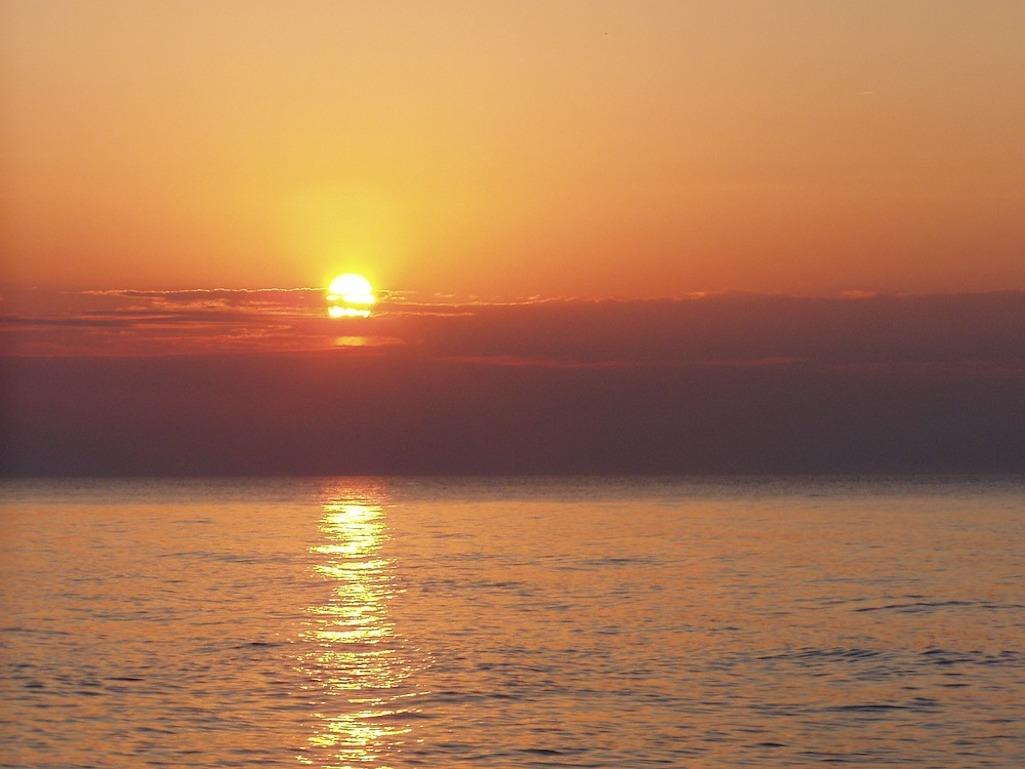
Sunset over the lake view, Indiana Dunes National Park / NPS file
A change in name didn't change, but rather amplified, the reasons Indiana Dunes was added to the National Park System, as a national "lakeshore," back in 1966.
Isle Royale National Park, Michigan

Moskey Basin, Isle Royale National Park/Rich Perry via Pure Michigan
Isle Royale is a 571,800-acre, heavily forested island in tempestuous Lake Superior that under the National Park Service captures a snapshot of northwoods past, one that has been manipulated by succeeding generations of visitors. Yet it's a place where one can disappear into a vestige of wilderness, cast for a rare species of trout, or relax in a cabin or lodge room and enjoy the placid surroundings.
Joshua Tree National Park, California

Joshua Tree National Park entrance sign/NPS, Lian Law
Straddling the geographic divide that splits the Mojave Desert from an element of the Sonoran Desert, Joshua Tree National Park is a geologic and botanical showcase that is a climber's gymnasium. But it also can be an unforgiving landscape, one that has claimed more than a few lives.
Katmai National Park and Preserve

Valley of Ten Thousand Smokes, Katmai National Park and Preserve/NPS
Bears -- big, brash coastal brown bears -- often are what most come to mind when there's mention of Katmai National Park and Preserve in Alaska. And that's understandable thanks to the Brooks River and the bear viewing opportunities there. But if that's all you consider when researching a trip to this national park, you'll kick yourself later.
Mesa Verde National Park

Cliff Palace contains 150 rooms and 23 kivas and housed approximately 100 people, Mesa Verde National Park / Rebecca Latson
While landscapes and wildlife usually come to mind when thinking about units of the National Park System, there are national parks dedicated to the protection and preservation of human history, architecture, art, and culture. Mesa Verde National Park in southwestern Colorado is one such park.





